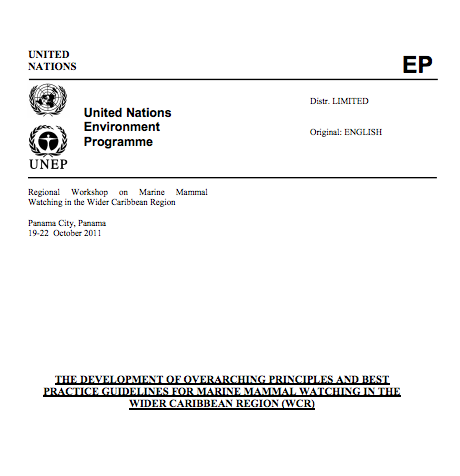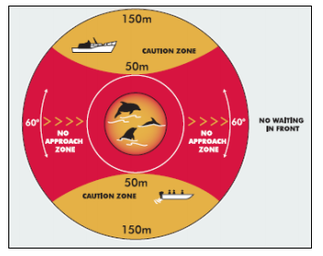marine mammals - vessels & approaches
What Types of Vessels should be permitted to view Marine Mammals?
Prohibited vessels
Certain vessels should not be used for whale and dolphin watching. These include all personal motorized watercraft (e.g. jet skis and similar crafts, and underwater vessels), parasail, remotely operated craft, wing in ground effect craft, hovercraft, windsurfers, kite surfers.
Allowable vessels
Vessels recommended for use in whale and dolphin watching include all other motorized and/or sail craft.
Certain vessels should not be used for whale and dolphin watching. These include all personal motorized watercraft (e.g. jet skis and similar crafts, and underwater vessels), parasail, remotely operated craft, wing in ground effect craft, hovercraft, windsurfers, kite surfers.
Allowable vessels
Vessels recommended for use in whale and dolphin watching include all other motorized and/or sail craft.
ANGLES & DISTANCES OF APPROACH
|
Approach
The most appropriate method for approaching a whale or a dolphin is from the side and slightly to the rear of the animal. Avoid approaches from head on or directly from behind. Caution zone The caution zone is the area within 100m - 300m from a whale and 50m – 300m from a dolphin. No approach zone These distances refer to active approaches by vessels moving towards cetaceans. Dolphins and whales may sometimes approach vessels to closer distances. Closer specific approach distances could be considered to reflect local conditions/situations/ licensing where changes to the recommended distances would not compromise the protection of the individuals/populations being watched.
Approaches of Mother and Calf pairs
|






